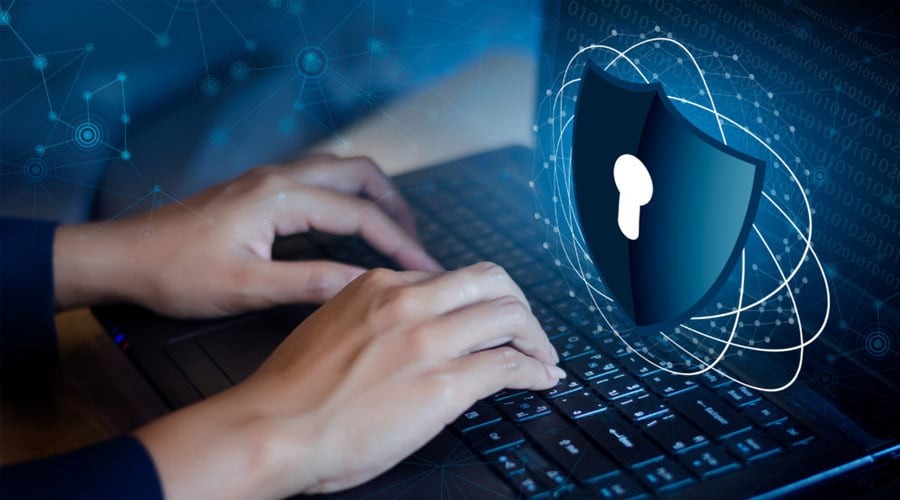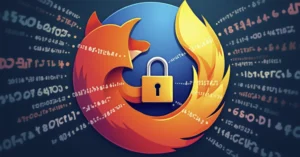
In today’s highly digital world, cybersecurity has become one of the most critical aspects of both personal and organizational well-being. As we rely more heavily on the internet, mobile devices, and digital platforms for communication, banking, entertainment, and business, the need to protect sensitive information from malicious attacks is paramount.
Cybersecurity is a broad field that encompasses various measures, technologies, and practices designed to defend systems, networks, and data from cyber threats. These threats can include hacking, data breaches, phishing scams, malware, and ransomware, all of which can lead to financial loss, identity theft, and damage to reputation.
1. The Growing Importance of Cybersecurity
The world has become more connected than ever before, with billions of devices connected to the internet. This surge in connectivity has also opened up new avenues for cybercriminals to exploit vulnerabilities in digital systems. From major corporations to small businesses, and even individuals, no one is immune to the dangers posed by cyberattacks.
The COVID-19 pandemic accelerated the shift to digital work and life, increasing the importance of cybersecurity. Many businesses moved to remote work environments, which made them more susceptible to cyberattacks. According to reports, global cybercrime damage costs are projected to reach $10.5 trillion annually by 2025
2. Types of Cyber Threats
Cybersecurity threats come in many forms, each targeting different aspects of a network or system. Some of the most common threats include:
- Phishing Attacks: These involve tricking individuals into revealing sensitive information, such as passwords or credit card numbers, by pretending to be a trusted entity. Phishing often takes the form of fraudulent emails or messages that appear legitimate.
- Malware: Malware is malicious software that can damage or disrupt computer systems. This includes viruses, worms, trojans, and ransomware. Ransomware attacks are particularly dangerous, as they encrypt a victim’s data and demand payment to restore access.
- Data Breaches: When a cybercriminal gains unauthorized access to a system or database, they can steal sensitive information such as customer data, intellectual property, or financial details. Data breaches are especially concerning for businesses and government agencies, as they can lead to significant financial and reputational damage.
- DDoS Attacks: Distributed Denial of Service (DDoS) attacks occur when hackers overwhelm a server or website with an excessive amount of traffic, rendering it unusable. These attacks can disrupt online services and businesses for hours or even days.
3. Key Practices for Enhancing Cybersecurity
There are several essential cybersecurity practices that individuals and organizations can implement to protect themselves against cyber threats:
- Strong Passwords and Multi-Factor Authentication: A robust password is one of the simplest yet most effective measures for protecting accounts. Multi-factor authentication (MFA) adds an additional layer of security by requiring a secondary verification method, such as a code sent to your phone, to log in.
- Regular Software Updates: Cybercriminals often exploit vulnerabilities in outdated software. Keeping operating systems, apps, and devices up to date ensures that any known vulnerabilities are patched and security risks are minimized.
- Network Security: Businesses should invest in firewalls, intrusion detection systems, and other network security tools to monitor and protect their systems. Encrypting data and securing wireless networks are also essential steps for safeguarding information.
- Employee Training: One of the biggest vulnerabilities in cybersecurity is human error. Phishing attacks, for instance, often succeed because employees are not adequately trained to recognize fraudulent emails. Regular cybersecurity awareness training can help employees identify and avoid cyber threats.
- Data Backups: Regularly backing up important data ensures that in the event of a ransomware attack or other data loss event, you can restore your information without paying a ransom or suffering permanent loss.
Also read
4. The Role of AI in Cybersecurity
Artificial Intelligence (AI) is increasingly being used in cybersecurity to help detect and prevent cyber threats. AI can analyze vast amounts of data to identify patterns and anomalies that could indicate a potential attack. Machine learning algorithms can also help in predicting future threats by learning from past cyber incidents. This has made AI a valuable tool for cybersecurity professionals, enabling them to respond more quickly and effectively to threats.
However, cybercriminals are also leveraging AI to develop more sophisticated attacks. This has led to a cybersecurity arms race, where defenders must constantly innovate to stay ahead of attackers.
5. The Future of Cybersecurity
As cyber threats continue to evolve, the future of cybersecurity will rely on both technological advancements and proactive policy measures. Governments and businesses are increasingly working together to establish regulations and standards for cybersecurity. The rise of quantum computing, blockchain, and advanced encryption methods also promises to offer new solutions for safeguarding data.
Moreover, the demand for cybersecurity professionals is on the rise. According to reports, there is a significant global shortage of skilled cybersecurity experts, making it a lucrative career field with growing opportunities.
Conclusion
Cybersecurity is not just a concern for large corporations or tech companies—it’s an issue that affects everyone in today’s connected world. From individual users to multinational businesses, cybersecurity practices should be integrated into daily operations and personal habits to protect against the ever-growing landscape of digital threats. As cyberattacks become more sophisticated, we must all take an active role in securing our data and digital environments. By staying informed, implementing security measures, and embracing new technologies, we can help safeguard our online world from malicious threats.





